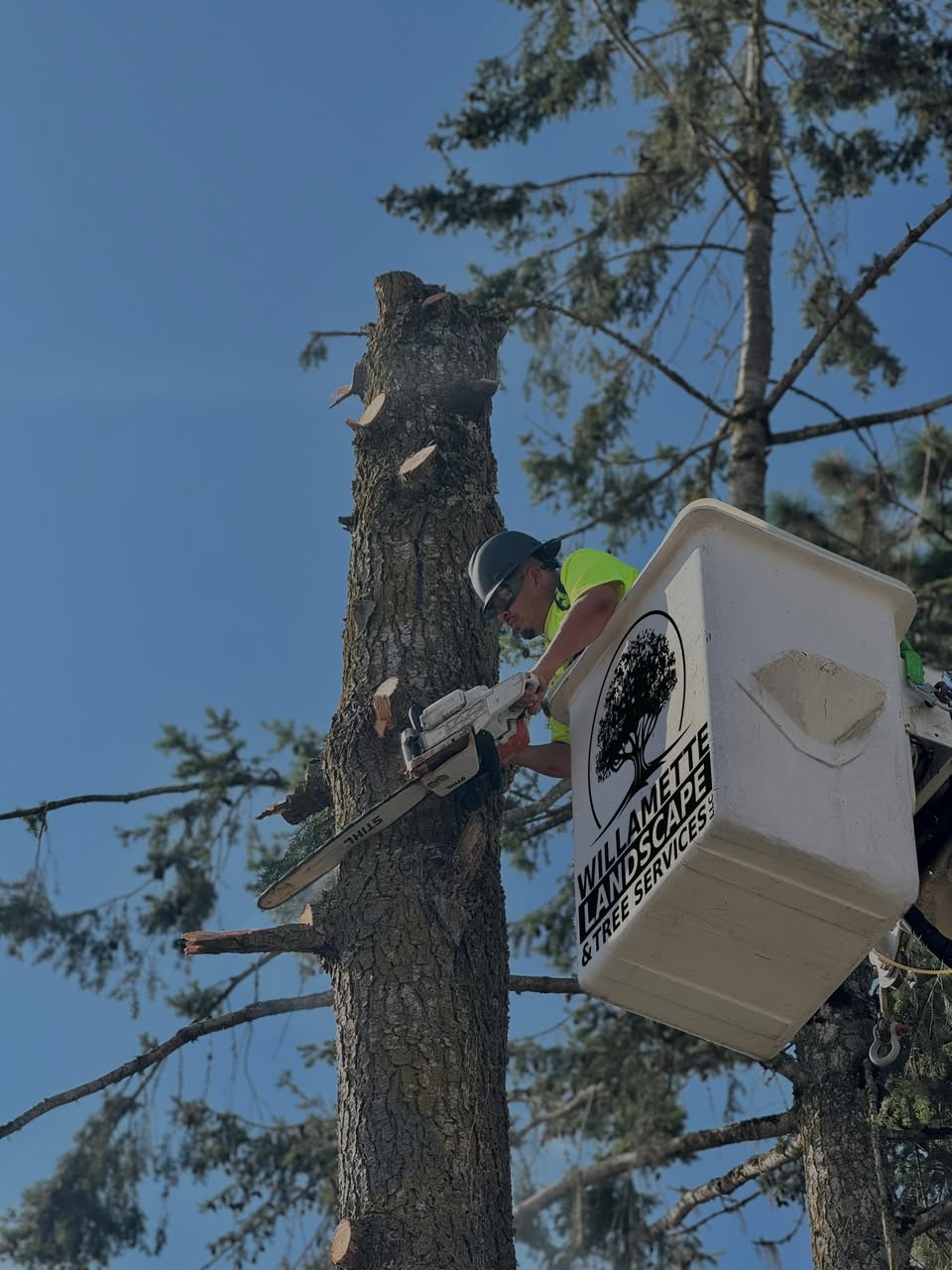
Water-Wise Landscaping: Eco-Friendly Tips to Conserve and Thrive Nov 20, 2025
Water-wise landscaping, or xeriscaping, involves designing gardens and outdoor spaces that minimize water use while maintaining beauty and functionality. This approach is particularly beneficial in areas prone to drought or where water conservation is a priority. The key is to work with, rather than against, the natural environment.
Begin by assessing your landscape. Determine the areas that receive full sun, partial shade, or full shade. This assessment will help guide your choice of plants and hardscaping elements. For sunny areas, select drought-tolerant plants that thrive in those conditions. Native plants are an excellent choice as they are naturally adapted to the climate and require less water and maintenance.
Efficient irrigation is another cornerstone of water-wise landscaping. Traditional overhead sprinklers can be wasteful, as water often ends up in places it’s not needed, such as sidewalks or driveways. Instead, consider installing a drip irrigation system. This method delivers water directly to the plant's roots, reducing evaporation and ensuring that each plant receives precisely the amount of water it needs.
Incorporating mulch into your garden beds is another effective strategy for conserving water. Mulch acts as a protective cover, shielding the soil from the sun and reducing evaporation. Additionally, it suppresses weed growth, which can compete with your plants for water.
Hardscaping elements like stone pathways, patios, and decorative gravel not only add visual interest to your landscape but also reduce the amount of water-intensive grass that needs to be maintained. When planning your hardscape, consider using permeable materials that allow rainwater to soak into the ground, thus replenishing the water table and reducing runoff.
Group plants according to their water needs to simplify maintenance and conserve resources. For instance, place all drought-resistant plants in one area and those with higher water needs in another. This approach, known as hydrozoning, ensures that irrigation can be tailor-made for each zone, optimizing water usage.
An often-overlooked aspect of water-wise landscaping is regular maintenance. Even the most beautifully designed garden will require upkeep to remain effective and efficient. Regularly check your irrigation systems for leaks or clogs, prune plants as needed, and keep an eye on the health of your mulch and soil.
In conclusion, water-wise landscaping is a balance of beauty and conservation. By assessing your landscape, using native plants, implementing efficient irrigation, and incorporating beneficial hardscaping elements, you can achieve a sustainable garden that thrives with minimal water use. Willamette Landscaping and Tree Services are here to assist at every step, ensuring your outdoor spaces are both eco-friendly and stunning.
Begin your journey towards sustainable landscaping today. Not only will you contribute positively to your local environment, but you'll also enjoy the peace of mind that comes with knowing your garden is as resource-efficient as it is beautiful.
/filters:no_upscale()/media/2dc08ce9-1031-49e1-ab73-d77999c0022e.png)
/filters:no_upscale()/filters:format(webp)/media/f4f841c7-8bbe-4016-8fa1-1f94ea3c20c6.jpeg)